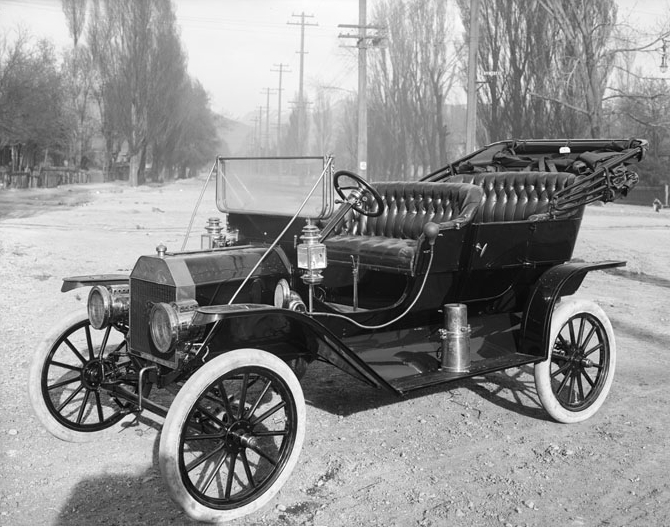If they could be repurposed into a practical use, and weren't maintenance headaches, it might make sense to bring one back to life. but other than history museum art, i doubt there is any real gain to be had by restoring one and having that monstrosity sitting in your living room.
it's similar to my old Multiplex unit. it was a neat idea and made sense even today. why have some huge TV entertainment cabinet with glass doors taking up so much space, when i could have this 'coffee table' that doubled not only as a TV, but also a stereo, and 8-track player as well? it even had a push-button input selector so i could use my PlayStation 3 with it (analog only of course). another input for a PC going through a VGA-to-Composite converter. it was neat to do. it made sense, and was usable.
*BUT*
The fact it was over 30 years old meant it had many major drawbacks. it had this bad habit of blowing vacuum tubes (especially the TV part) and with it a puff of ozone smell. i worried it'd burn my home down. it was a maintenance nightmare. i might think 'hey how about some Call of Duty: Black Ops?' but nope. the TV wouldn't work. or i might feel like playing one of my old but good 8-Track carts? uh oh it just ate the darned thing and the tape ripped apart. now it's useless.
Even when it did work, trying to play a game designed for high definition on that TV was hard to look at, and forget reading any on-screen dialogue. while hooking up a PC to double as a smart TV (i actually took a motherboard and made it integrated into the guts of it, so it'd work just like a smart TV and all i did was hit 'Pay' which was an input desigined originally for Pay Cable back then) the eye strain from attempting to make out what was on Facebook was horrible. It also ran very hot, and used a ton of power. it was inefficient, unreliable, and while it was cool to look at and and out of the way when not being used, i just couldn't see any use anymore out of it. sometimes it's just too old to be useful anymore.
One of the worst parts of it was the fact it had vacuum tubes. all kinds of them all different shapes and sizes. some for the radio/amp portion and larger ones for the TV. a few inside the TV itself. the flyback tube (this large bulb right next to the transformer that powered the CRT) was the one that loved to blow up. the tube didn't really die but it did melt its socket requiring resoldering at every other turn.
Worse yet, let's say i just got home at 6PM. yay, MASH is on. one of my favorite shows. i think i will hit ANTENNA and tune it to MeTV via the converter box. wait! i forgot! TUBES! now i hear Hawkeye cursing Frank Burns and so on for ten minutes staring at a blank screen. if i wait, it *might* eventually display a picture, or worse, i might get large blobs of red, green and blue. so much for my show!
How on earth did people live like that?




